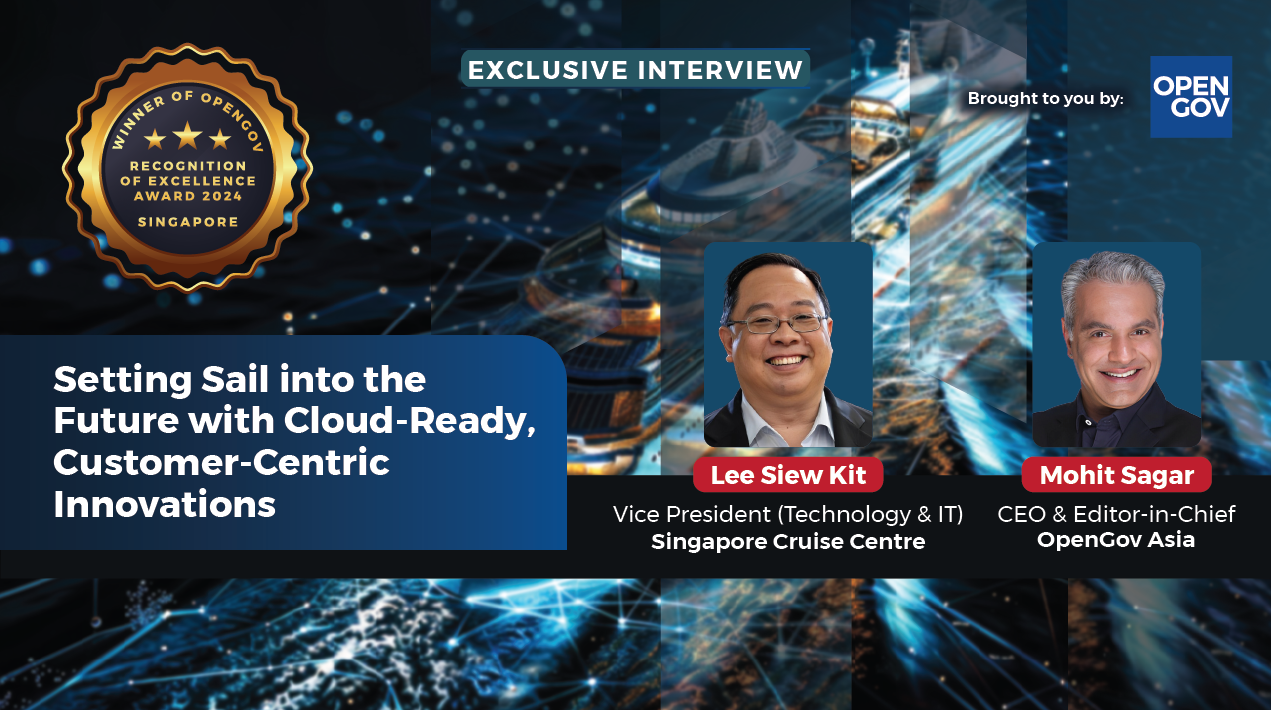
With the continuing frequency, intensity, and adverse consequences of cyber-attacks, disruptions, hazards, and other threats to federal, state, and local governments, as well as private sector organisations, the United States needs trustworthy secure systems has never been more important to the long-term economic and national security interests. Engineering-based solutions are essential to managing the complexity, dynamicity, and interconnectedness of today’s systems.
National Institute of Standards and Technology (NIST) titled “Engineering Trustworthy Secure Systems”, addresses the engineering-driven perspective and actions necessary to develop more defensible and survivable systems, inclusive of the machine, physical, and human components that compose those systems and the capabilities and services delivered by those systems.
The need for trustworthy secure systems stems from the adverse effects associated with a diverse set of stakeholder needs that are driven by mission, business, and other objectives and concerns. The characteristics of these systems reflect a growth in the geographic size, number, and types of components and technologies that compose the systems; the complexity and dynamicity in the behaviours and outcomes of the systems; and the increased dependence that results in a range of consequences from major inconvenience to catastrophic loss due to adversity within the global operating environment.
Building trustworthy, secure systems cannot occur in a vacuum with isolated stovepipes for cyberspace, software, and information technology. Rather, it requires a holistic approach to protection, broad-based thinking across all assets where loss could occur, and an understanding of adversity, including how adversaries attack and compromise systems.
– Ron Ross, NIST Author
The update provided an excellent opportunity to reflect on the past five years of the publication’s use by systems engineers and systems security engineers and to apply targeted lessons learned during that timeframe. The publication takes a holistic approach to systems engineering. NIST researchers give an overview of the objectives and concepts of modern security systems, primarily regarding the protection of a system’s digital assets.
One of the key updates NIST authors made in the latest version of the publication was a fresh emphasis on security assurances. In software systems engineering, assurance is represented by the evidence that a given system’s security procedures are robust enough to mitigate asset loss and prevent cyberattacks.
Evidence generated during the system life cycle is essential to building assurance cases for systems being deployed in the critical infrastructure. Assurance cases can turn security into something concrete, measurable, and shareable. Building and delivering assurance is the way to drive the culture of security.
The newest draft also looks into the fundamental elements of how to build a trustworthy secure design, which hinges on the proactive elimination or mitigation of vulnerabilities. It also compiles the various loss control design principles in one section and outlines how they each function.
NIST has published similar guidelines in recent years. One guidebook focused on how federal agencies can secure legacy information technology systems against cyberattacks. Officials published a broader document on cyber-resilient systems for public and private-sector organisations.
As reported by OpenGov Asia, NIST has drafted a set of cybersecurity criteria for consumer software in an effort to improve consumers’ ability to make informed decisions about the software they purchase. The criteria in this document are based on extensive input offered to the NIST workshop and position papers submitted to NIST, along with the agency’s research and discussions with organisations and experts from the public and private sectors.
The document, “Draft Baseline Criteria for Consumer Software Cybersecurity Labeling”, forms part of NIST’s response to the Executive Order (EO) on Improving the Nation’s Cybersecurity. The EO specifies that NIST “shall identify secure software development practices or criteria for a consumer software labelling program” — criteria that reflect a baseline level of cybersecurity and that focus on ease of use for consumers.
















